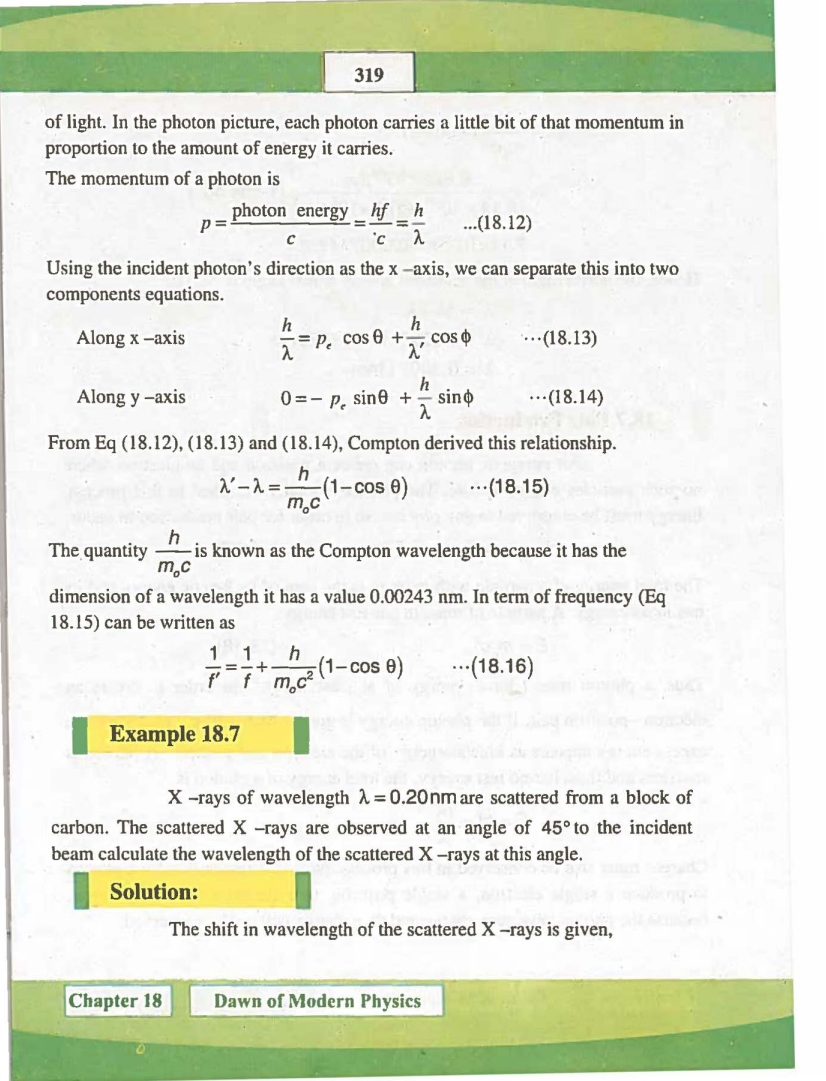After studying this chapter students will be able to:
._ distinguish between inertial and non-inertial frames of reference.
._ describe the signifi~ance of Einstein• s assumption of the constancy of the
speed of light.
._ identify that if c is constant then space and time become relative.
._ explain qualitatively and quantitatively the consequence of special
relativity in relation to:
- the relativity of simultaneity.
- the equivalence between mass and energy
- length contraction
- time dilation
- mass increase
._ explain the implications of mass increase, time dilat10n and length
contraction for space travel.
._ describe the concept of black body radiation.
~ describe how energy is distributed over the wavelength range for several
values of source temperature.
_. describe the Planck's hypothesis that radiation emitted and absorbed by
the walls of a black body cavity is quantised. ·
._ elaborate the particle nature of electromagnetic radiation.
._ describe the phenomenon of the photoelectric effect.
._ solve problems and analyze information using: E = hf and c = f ). .
._ identify data sources. gather, process and present information to
summarise the use of the photoelectric effect in solar cells & photocells
describe the confirmation of de Broglie's proposal by Davisson and
Germer experiment in which the diffraction of electrons by the surface
layers of a crystal lattice was observed.
• describe the impact of de Broglie's proposal that any kind of particle has
both wave and particle properties.
• explain the particle model of light in terms of photons with particular
energy and frequency.
• describe Compton effect qualitatively.
• explain the phenomena of pair production and pair annihilation.
• explain how the very short wavelength of electrons, and the ability to use
electrons and magnetic fields to focus them. allows electron microscope to
achieve very high resolution.
• describe uncertainty principle.













































Post a Comment